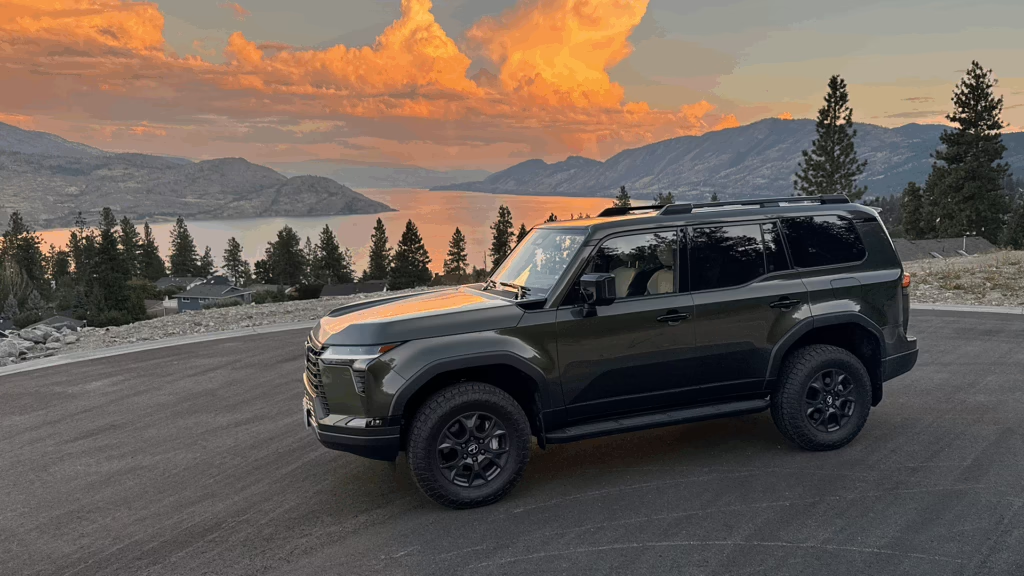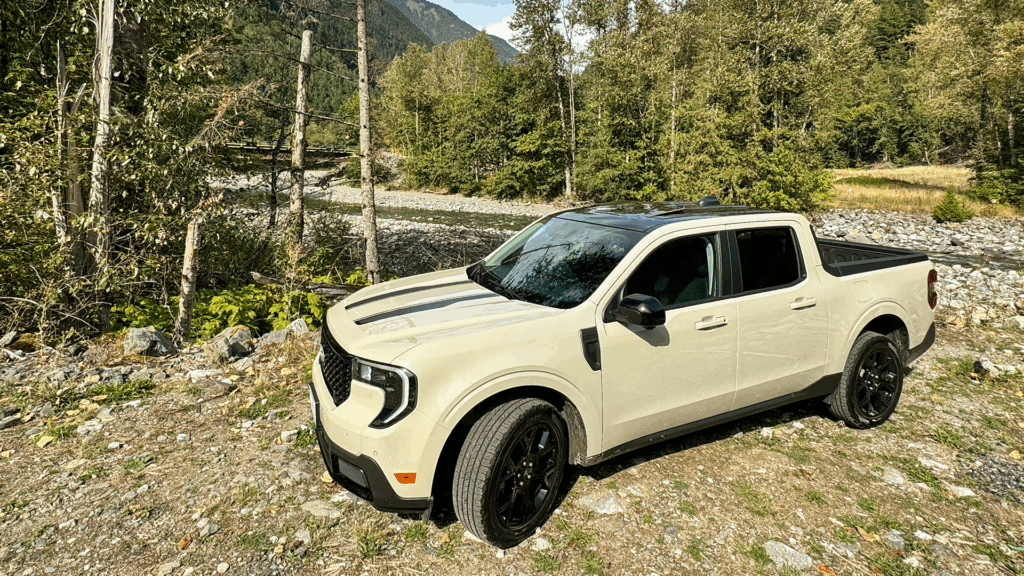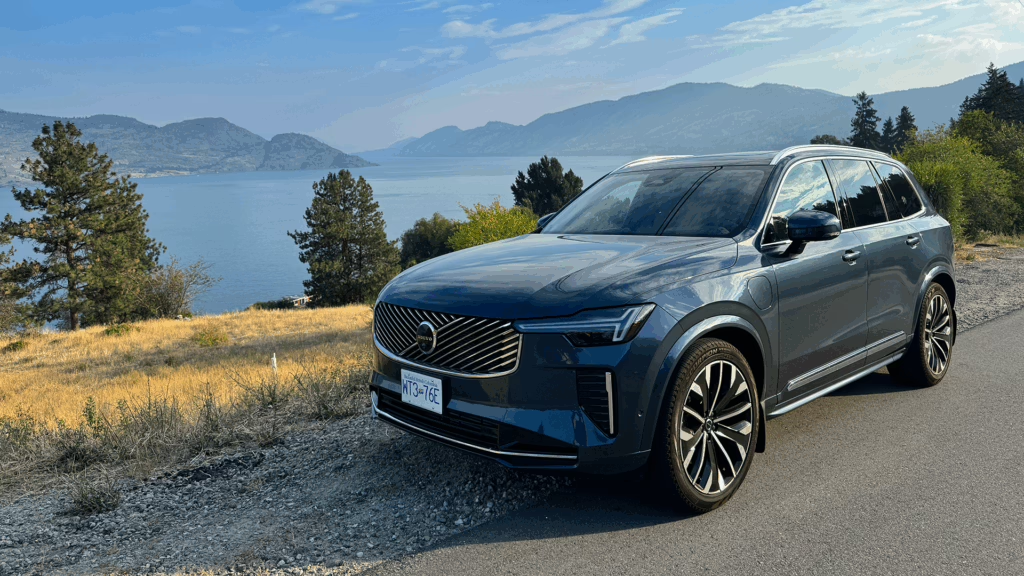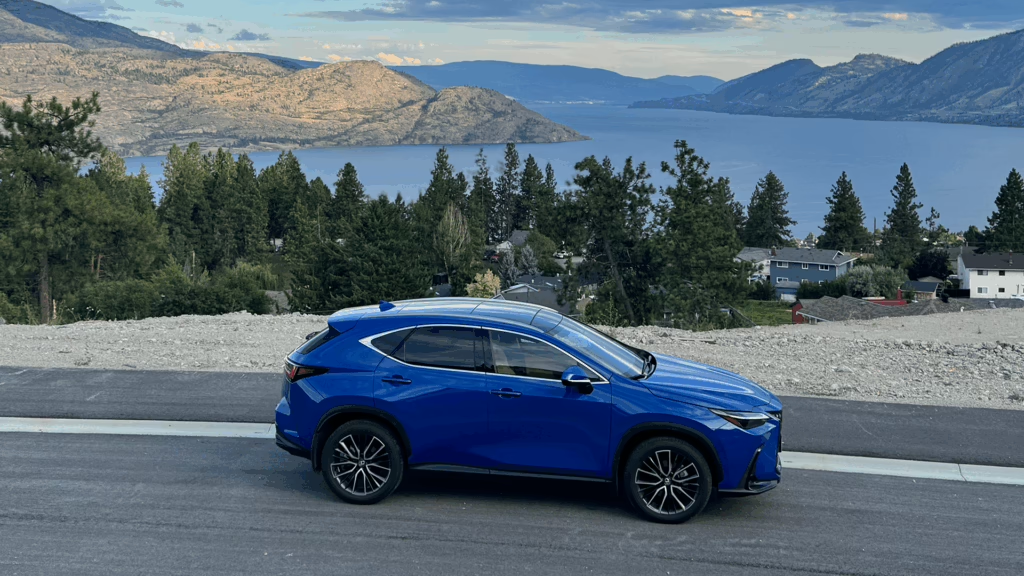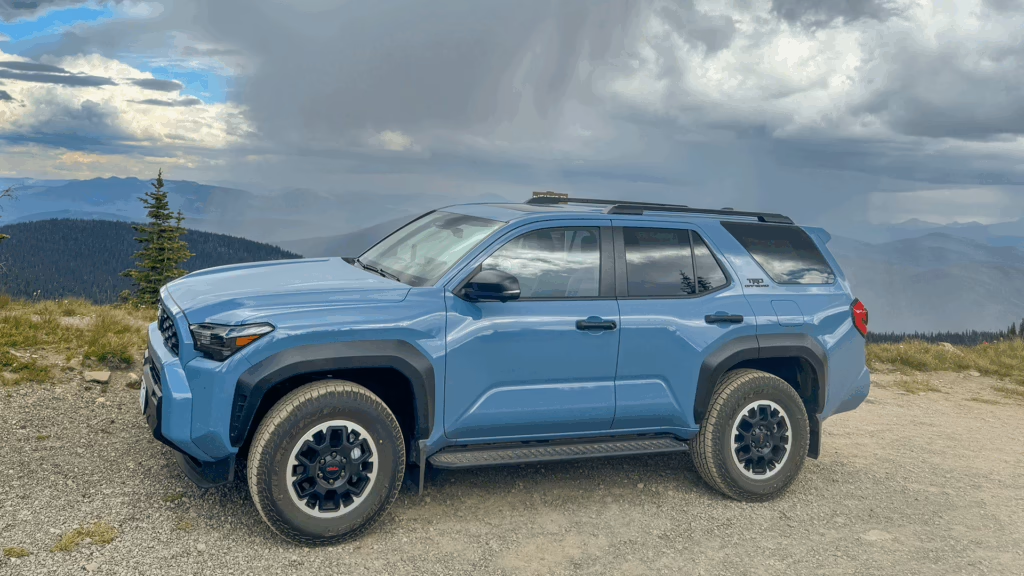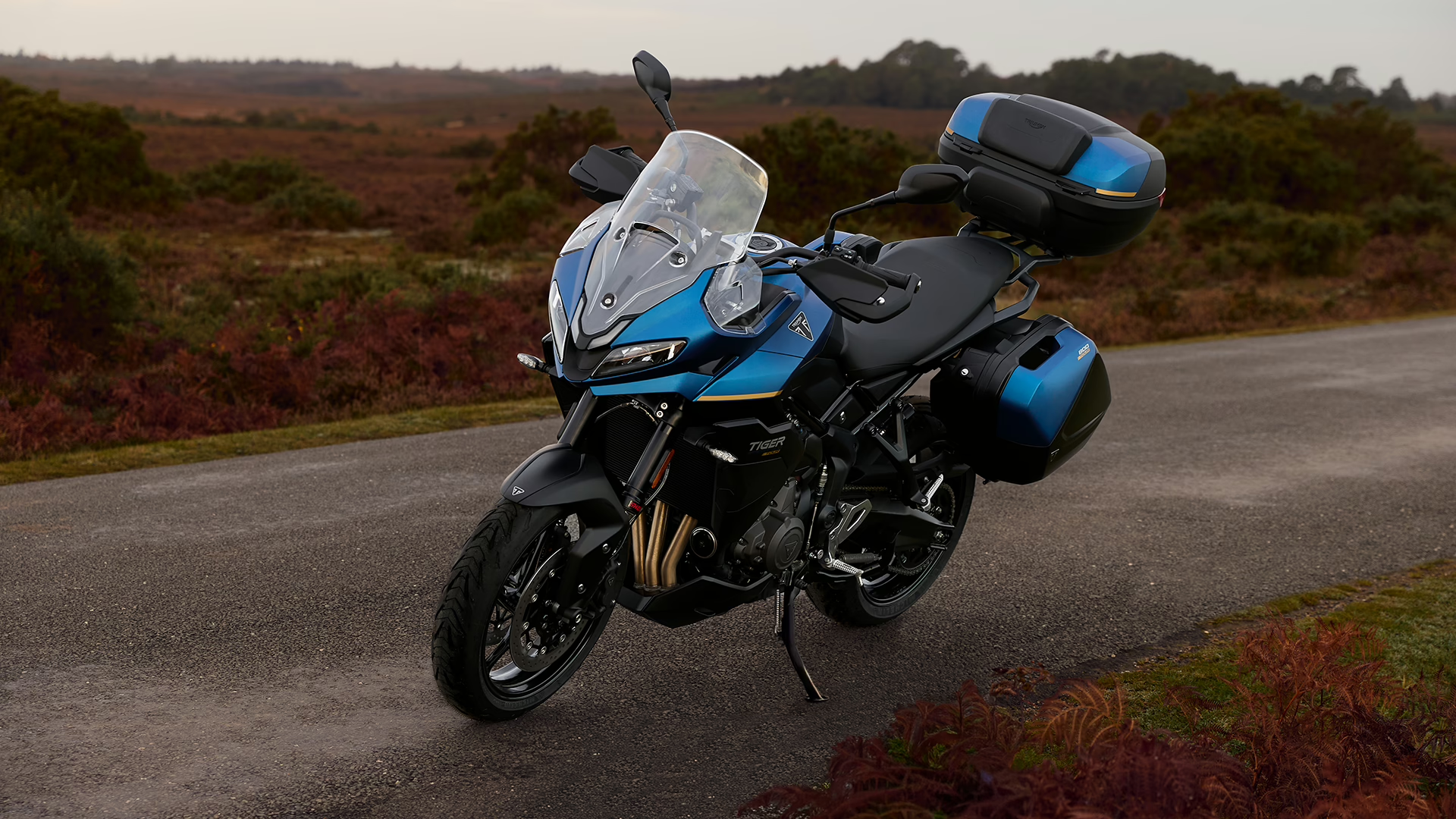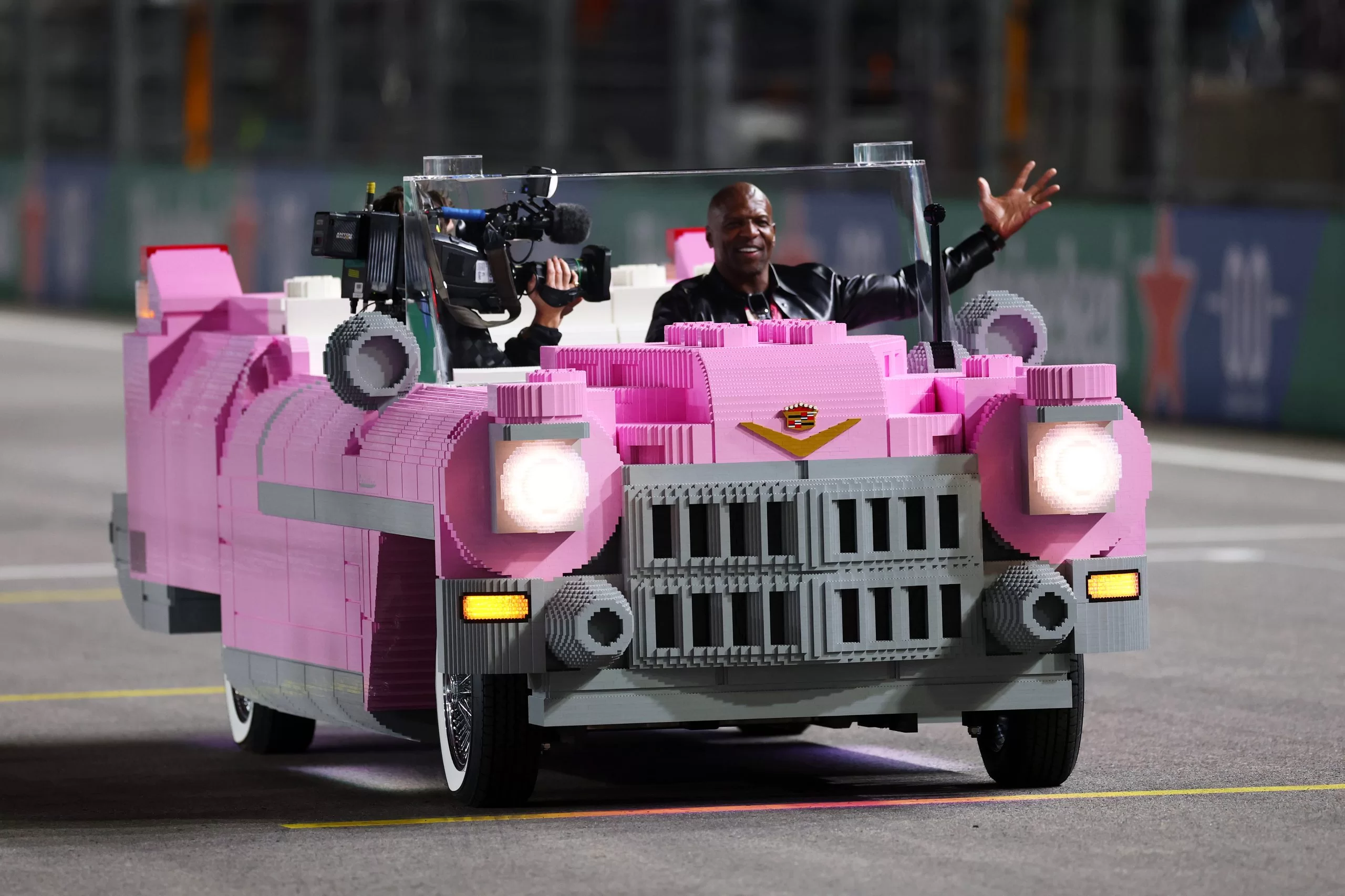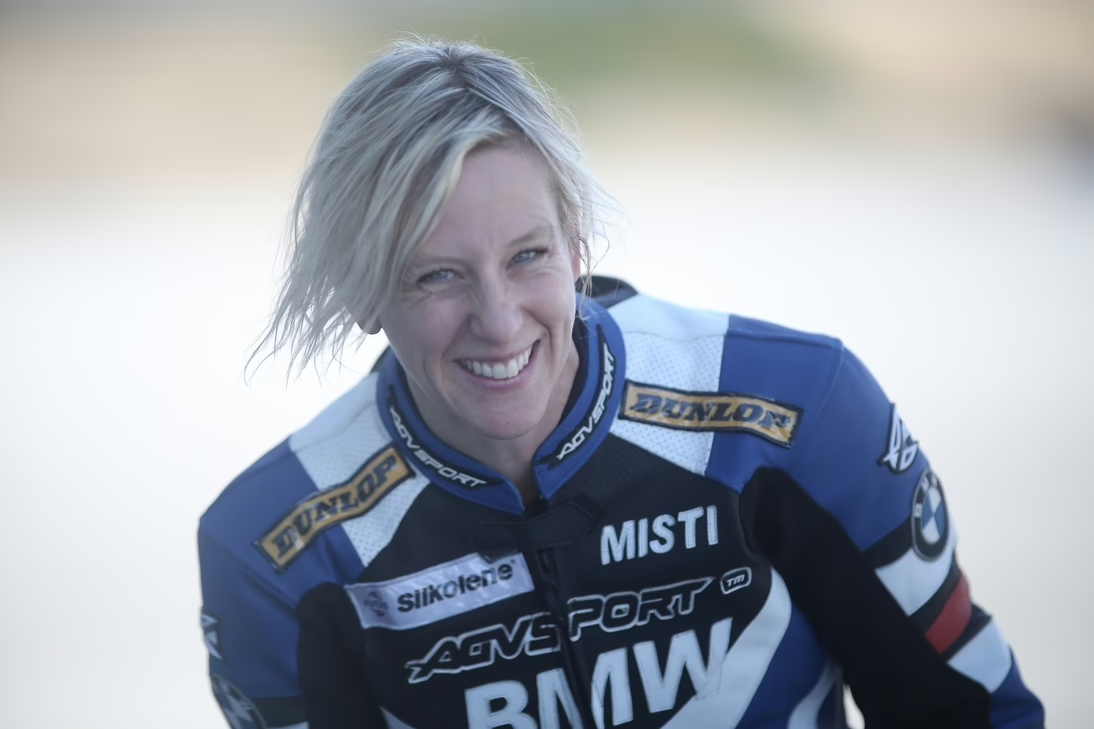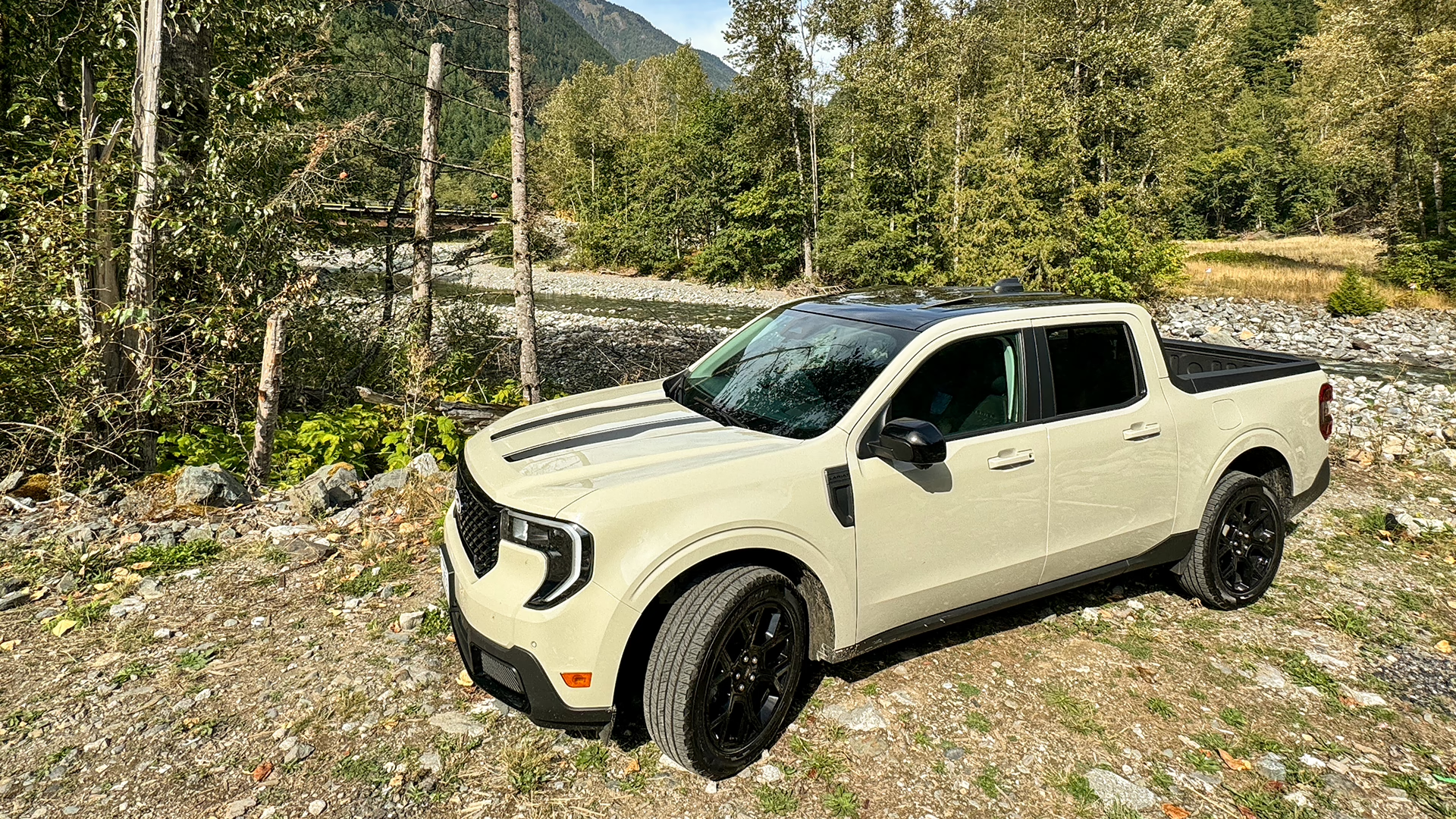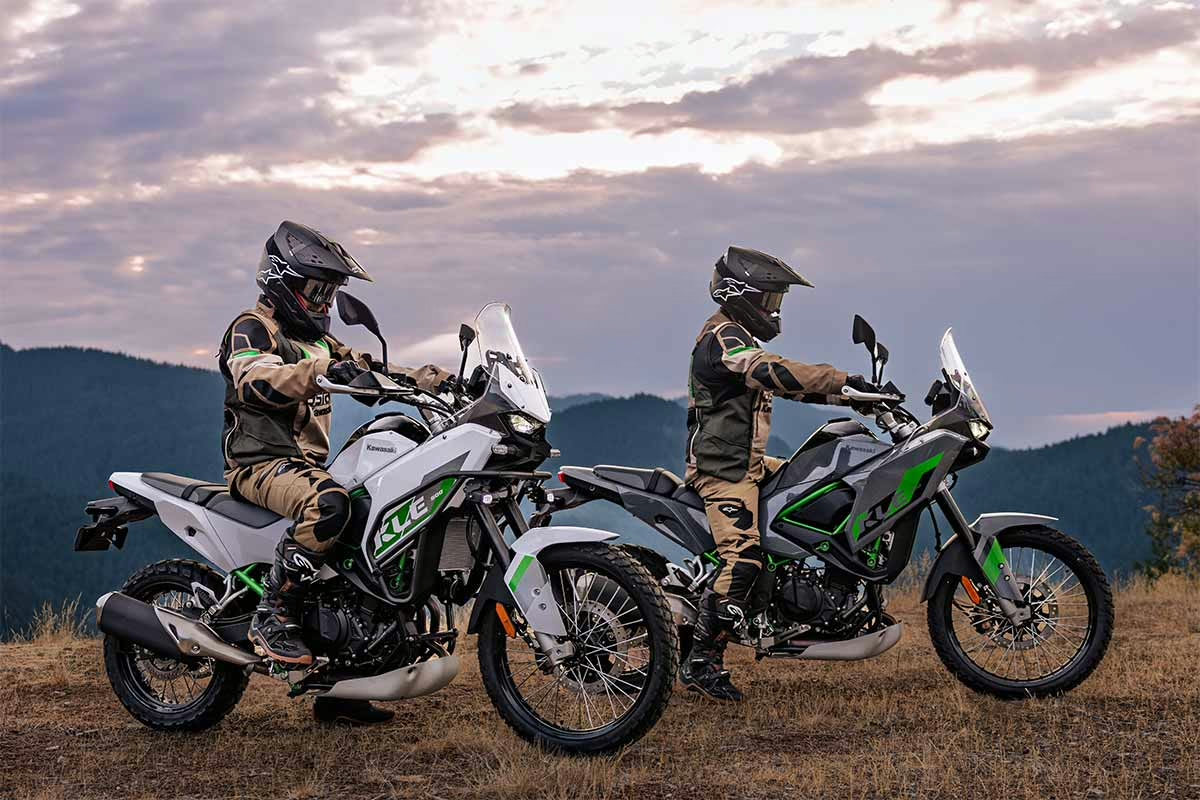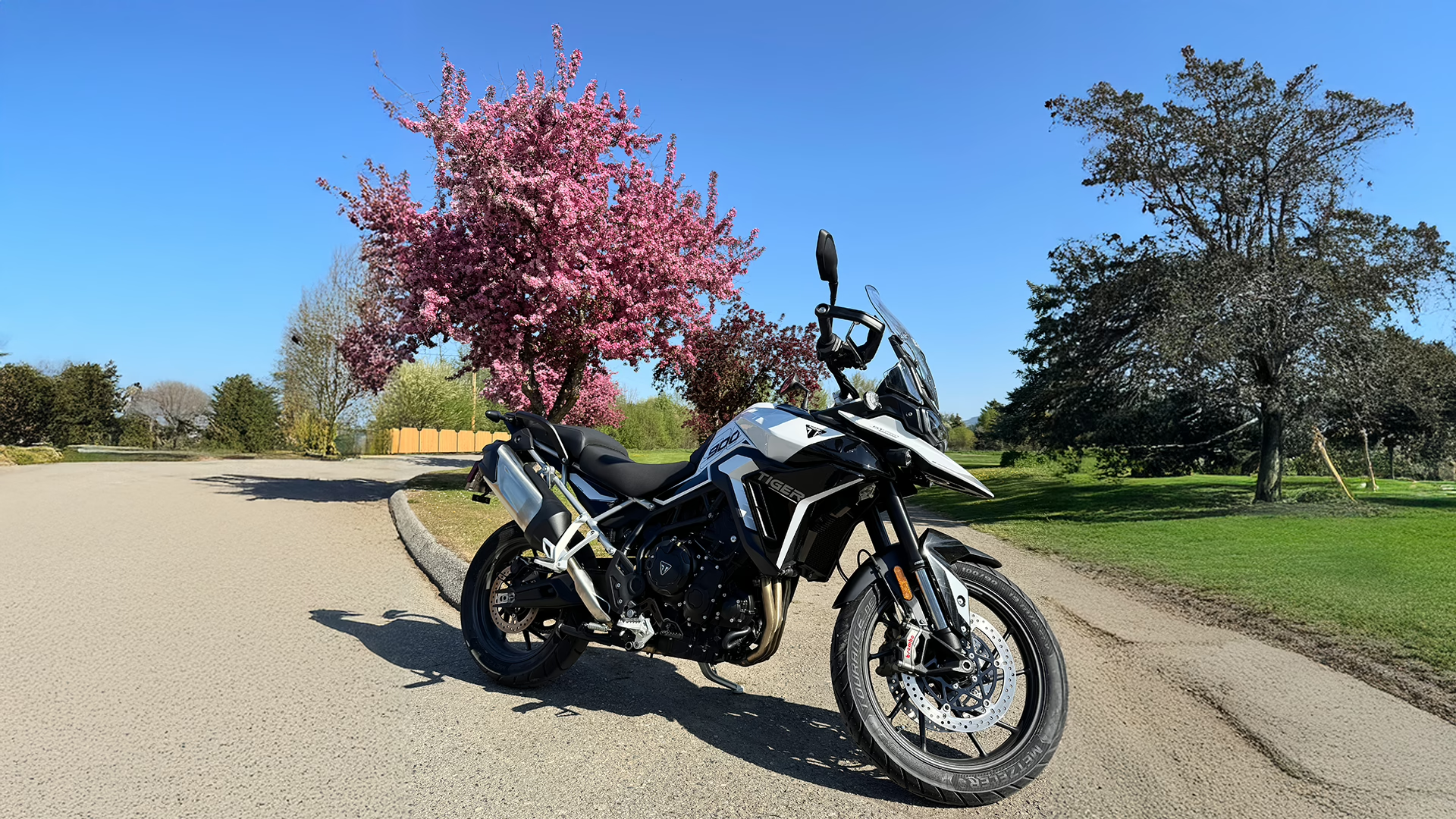
Commonly referred to as the couch on two wheels, the Honda Gold Wing is probably the motorcycle most commonly made fun of by riders who have never ridden them. They’re big. They’re bulky. There is a lot of fairing and so many buttons. Quite frankly, they are intimidating. I like cruisers but I was one of those riders to poke fun at the ‘couch’ but decided to back my opinion by actually riding one and was shocked to discover that under all that ‘décor’ lies a sport bike.
Now, it’s official, I can no longer make fun of the Gold Wing.
The model I rode was 2010 but structurally, there are no changes with the introduction of the 2012 model. Cosmetically, “a winger will notice the differences” but to the average rider – there is no mistaking that it is still a Gold Wing.
The Honda Gold Wing has been in production for about three and a half decades (Decades!) and remains the number one rider’s choice of grand touring bikes that provides the best of luxury and handling in one package.
Hitting the production line in 1972, the M1 was created to push the boundaries on the Grand Touring concept. The technology would embark on a whole new way to build motorcycles with a ‘top secret prototype’. The M1 featured a liquid-cooled horizontally opposed six-cylinder engine with shaft drive that would become a Gold Wing standard as the years went on.
 By 1975, the original GL1000 Gold Wing was born and boasted a 999cc liquid-cooled, horizontally opposed four-cylinder engine and the world became a rider’s playground. By 1988, with the introduction of the GL 1500 Gold Wing, Honda would introduce a six-cylinder engine once again and dominate the motorcycle touring market.
By 1975, the original GL1000 Gold Wing was born and boasted a 999cc liquid-cooled, horizontally opposed four-cylinder engine and the world became a rider’s playground. By 1988, with the introduction of the GL 1500 Gold Wing, Honda would introduce a six-cylinder engine once again and dominate the motorcycle touring market.
Fast forward to 2012 and the Kumamoto, Japan production line sometimes produces as many as 1800 motorcycles in a single day. The wing itself is the same as it was in 2010 but cosmetic changes include styling and electronics.
The 2012 engine is a powerful fuel-injected, 1832cc, six-cylinder engine but the power is consistently delivered with even torque and compression. The technology of the Gold Wing is quite complex and unless you regularly ride one, the statistics may not make sense without the practical experience. What we can tell you from our experience is that the center of gravity of the bike is below the rider making for a well balanced easy to control ride.
I would expect the ‘couch’ to be comfortable but what surprised me was the handling of the bike under all that comfort.
“With the flat six engine,” said Nick Smirniw of Honda Canada, “instead of the cylinders sticking up like they do in a typical motorcycle, they stick out the sides so the engine can be positioned very low in the frame – about ankle height – so despite the bulk of the bike, the center of gravity is very low. We are talking about a 900 lb. motorcycle but it rides much lighter than that.”
Anything that weighs 900lbs is enough to intimidate an individual but the Gold Wing rides more like a 400lb cruiser with a whole lot more protection surrounding the rider.
Surprisingly, I had no trouble balancing the bike at the traffic lights. Upon accelerating, the power is delivered quick but even – not too much torque. Not as much punch between gears but rather consistent gradual power. So smooth.
Riding and handling is one thing, but maneuvering the bike in a parking lot is completely different. Leg strength is key to move around a bike and a bike that large is a challenge unless, of course, it comes with reverse.
Are you kidding me? Reverse?
As odd as it seemed, if any bike should come with reverse, it just seemed to make sense that the GoldWing has it. With a simple push of the button within the rider’s controls on the right handlebar, a slow-speed, electric reverse system is engaged and allows the rider to confidently back up the bike without compromising balance or strength.
A new GPS navigation system – Next-Generation Honda Satellite Linked Navigation System™ – allows the rider to program favourite routes that can be shared with friends online via computer. A brighter screen with a quicker satellite connection gives the rider a 3D view of the terrain and comes with Canada and US mapping installed.
“You can do a lot of programming with the navi system now,” continued Smirniw. “They have gone from a compact flash card to an SD card. Once you have programmed your route onto the card, you plug it back into your Gold Wing, your friend’s Gold Wing, or you can email a favourite route to your friends so they can ride it.”
“There’s pretty much no luxury feature that is missing from the Gold Wing,” he said.
 The luxury referred to applies both passenger and rider. Features include:
The luxury referred to applies both passenger and rider. Features include:
– ‘Five-position heated grips for cold-weather riding
– Five-position heated seat/backrest combination with individual rider and passenger controls;
– Foot-warming system channels engine-heated air over the rider’s feet and is controlled by a fairing-mounted lever.
– Adjustable and closeable windscreen vent routes fresh air to the rider’s face or chest.
– Redesigned fairing adds extra wind protection, especially to the lower body and leg areas.
– Revised suspension settings front and rear yield added compliance for a better ride and more comfort’
Last but not least, naturally, the bike has an airbag. Positioned directly in front of the rider, the Gold Wing offers the industry’s first fully integrated rider airbag on a motorcycle. How does it work? A change in acceleration is detected based on information received from by crash sensors positioned on each of the front fork legs. It is an optional feature.
As great as this bike is I am still a little apprehensive. I would need a whole lot more time in the saddle to fully appreciate what the bike offers and to gain confidence. I am still a little overwhelmed with its possibilities.
If you get the opportunity, we recommend riding a Gold Wing. It is truly an experience.
2012 SPECIFICATIONS
Model: GL1800
Engine Type: 1832cc liquid-cooled horizontally opposed six-cylinder
Bore and Stroke: 74mm x 71mm
Compression ratio: 9.8:1
Valve Train: SOHC; two valves per cylinder
Induction: PGM-FI
Ignition: Computer-controlled digital with 3-D mapping
Transmission: Five-speed including Overdrive, plus electric Reverse
Final Drive: Shaft
Suspension
Front: 45mm cartridge fork with anti-dive system; 4.8 inches travel
Rear: Pro Arm single-side swingarm with Pro-Link single shock with computer-controlled spring preload adjustment with two memory presets; 4.1 inches travel
Brakes
Front: Dual full-floating 296mm discs with CBS three-piston calipers; optional ABS
Rear: Single ventilated 316mm disc with CBS three-piston caliper; optional ABS
Tires
Front: 130/70R-18
Rear: 180/60R-16
Wheelbase: 66.5 inches
Rake (Caster angle): 29.15°
Trail: 109mm (4.3 inches)
Seat Height: 29.1 inches
Fuel Capacity: 6.7 gallons
Estimated Fuel Economy**: 35 MPG
Colors: Pearl White, Candy Red, Ultra Blue Metallic, Black
Curb Weight*: 904 – 933 pounds, depending on option packages selected
MSRP – coming in around $32,000

